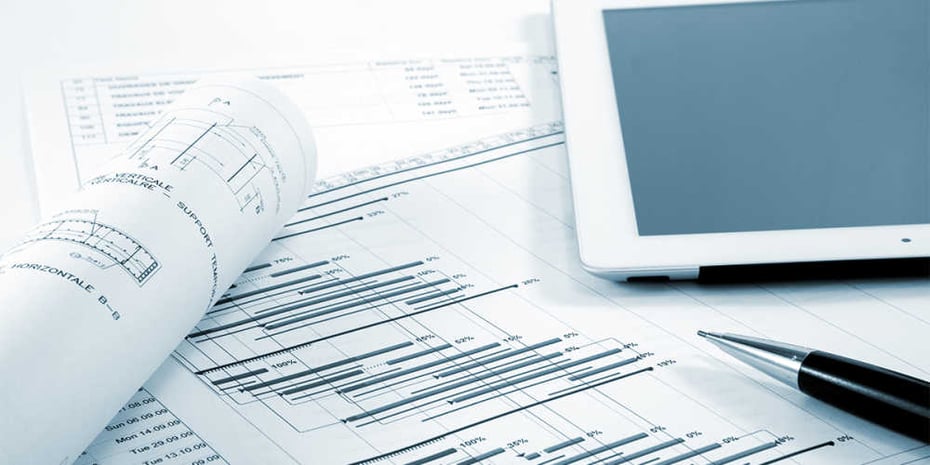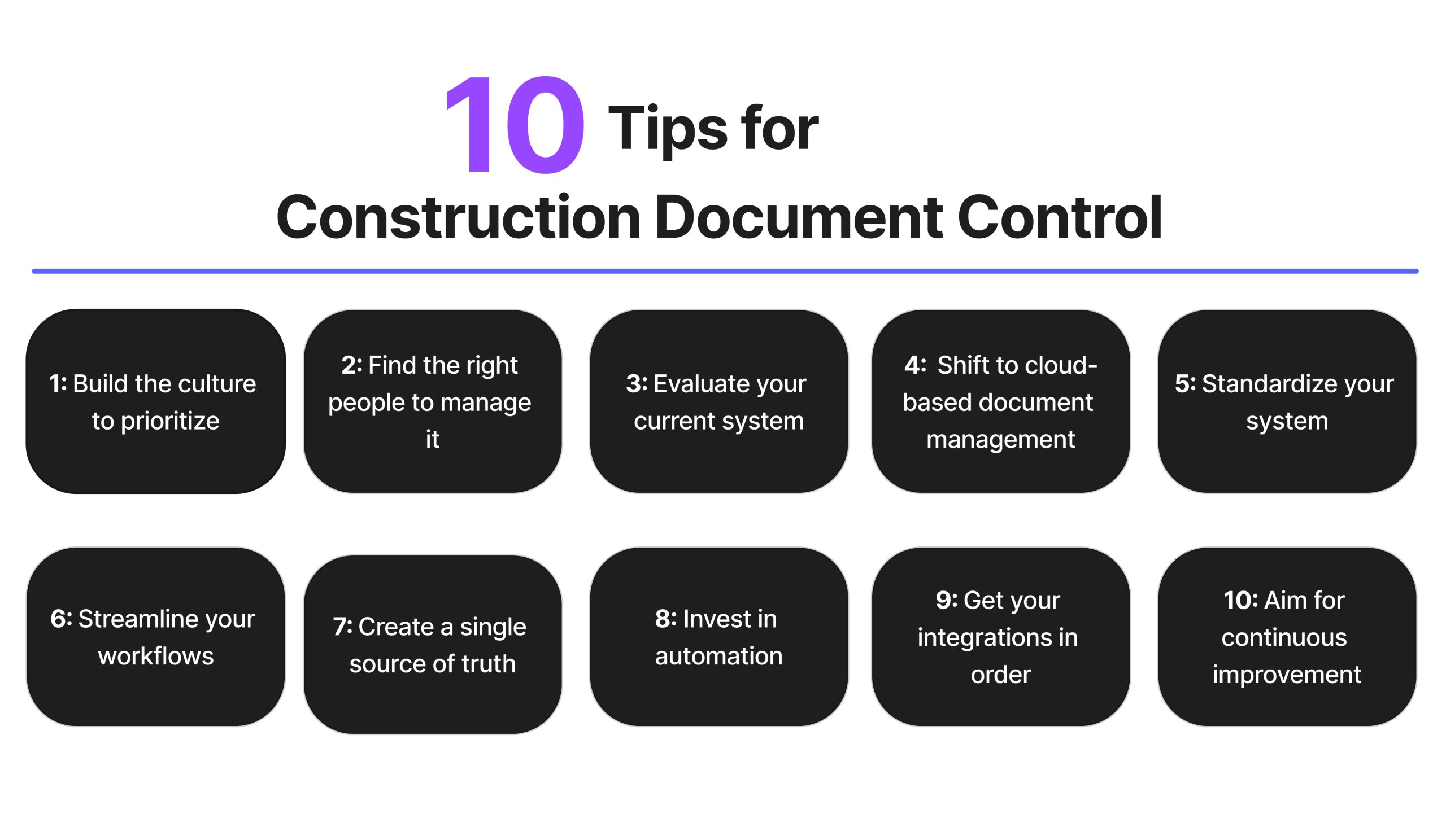Enhancing Workflow Performance: Designer's Expert Strategies for Building And Construction Paper Management
In the world of building design and building and construction, the precise management of documents stands as a keystone for job success. Architects utilize various approaches to boost process efficiency and simplify building record administration processes. From experienced organization strategies to the combination of collective platforms and the implementation of safe and secure information administration services, engineers navigate an intricate landscape of devices and practices. Amidst this complexity, a pick couple of expert methods have actually arised as essential in enhancing operations performance. These strategies not only make sure smooth task development but likewise hold the crucial to opening boosted performance and precision in the elaborate realm of building record monitoring.
Key Document Organization Techniques
When managing building papers, among the crucial strategies that engineers employ is developing a reliable and methodical company system. This system typically involves categorizing records based upon their kind, such as illustrations, specs, agreements, and permits. By creating distinctive and clear groups, designers can rapidly locate details details when required, saving time and reducing errors in the building process.
Within each group, architects better organize records by using or producing subfolders numbering systems to represent variations or modifications (construction document management). This hierarchical structure makes certain that the most appropriate and existing information is quickly obtainable while maintaining a record of modifications made throughout the task timeline
Moreover, engineers frequently make use of electronic file monitoring systems that offer attributes like keyword search functions, version control, and gain access to limitations to improve organization and partnership among task stakeholders. These devices simplify the record access procedure, advertise real-time updates, and assist in smooth communication, eventually adding to the overall success of the building project.
Collaborative Platform Assimilation
To maximize record monitoring effectiveness in building projects, architects seamlessly incorporate joint platforms to enhance interaction and simplify sychronisation among project stakeholders. By leveraging joint systems such as job administration software application, cloud-based storage systems, and communication devices, designers can create a central center for all project-related papers and communication networks. These systems allow staff member to gain access to, review, and team up on papers in real-time, decreasing hold-ups and the danger of errors linked with standard file monitoring techniques.
Joint platform combination additionally fosters transparency and liability within the project team, as all stakeholders have exposure into the most current task updates and revisions. By streamlining communication and file sharing, engineers can ensure that all employee are working from the most updated details, minimizing the possibilities of misconceptions or conflicts emerging due to outdated papers.
In addition, collaborative platforms allow smooth cooperation between architects, specialists, customers, and various other task stakeholders, advertising a more effective and cohesive job operations. By damaging down interaction obstacles and facilitating info exchange, designers can drive efficiency and advancement in building jobs, eventually causing effective task end results.
Variation Control Ideal Practices
Applying reliable variation control practices is important for maintaining file precision and uniformity in building jobs. By establishing a clear system for managing alterations, task teams can guarantee that everyone is functioning from one of the most updated documentation, reducing the threat of mistakes and inconsistencies during the building phase.
One of the vital finest methods for variation control is to designate distinct identifiers to each record variation. This can be achieved by utilizing a numbering system or day stamp that clearly shows the order of modifications. By plainly identifying each iteration, staff member can easily track the development of the file and recognize the most current version.

Automation Tools for Efficiency

Paper control software, like Procore or PlanGrid, streamlines job documents, making it easily obtainable to all stakeholders. These systems enable real-time collaboration, variation control, and automated back-ups, guarding look here versus information loss. Furthermore, Building Information Modeling (BIM) software automates the generation of building drawings and makes certain that changes are integrated throughout all related files.
Incorporating automation devices with cloud storage options additionally improves availability and safety. By automating the file administration process, project groups can concentrate their effort and time on value-adding tasks, eventually improving productivity and project end results.
Secure Information Administration Solutions
Successfully managing and guarding job information is critical in the construction market to guarantee discretion and stability throughout the task lifecycle. Architectural firms can make use of encrypted cloud storage solutions to firmly keep and share project records with licensed employees.
Additionally, making use of digital legal rights management (DRM) devices adds an added layer of safety and security by protecting against the unauthorized circulation or duplication of task papers. Regular data back-ups are vital to minimize the risk of data loss due to unpredicted situations like equipment failures or cyber-attacks. Collective systems with built-in safety attributes allow smooth interaction and file sharing among task team members while preserving information honesty.
Conclusion
Finally, applying key file company strategies, incorporating collaborative platforms, practicing version control best methods, making use of automation tools, and adopting protected data management services are vital methods for boosting process effectiveness in building file management. These expert strategies can streamline procedures, enhance communication, guarantee accuracy, and keep information safety throughout the building project lifecycle.
In the world of building style and building, the meticulous monitoring of papers stands as image source a foundation for project success. These techniques not only ensure smooth task progression but additionally hold the crucial to unlocking enhanced performance and precision in the intricate realm of building and construction record administration.
To optimize record administration effectiveness in construction tasks, designers perfectly integrate joint systems to improve interaction and enhance coordination amongst job stakeholders. These platforms permit team participants to gain access to, review, and team up on papers in real-time, lowering hold-ups and the risk of mistakes connected with conventional record administration methods.
Using automation devices in construction file administration considerably boosts effectiveness and streamlines processes for job teams. construction document management.